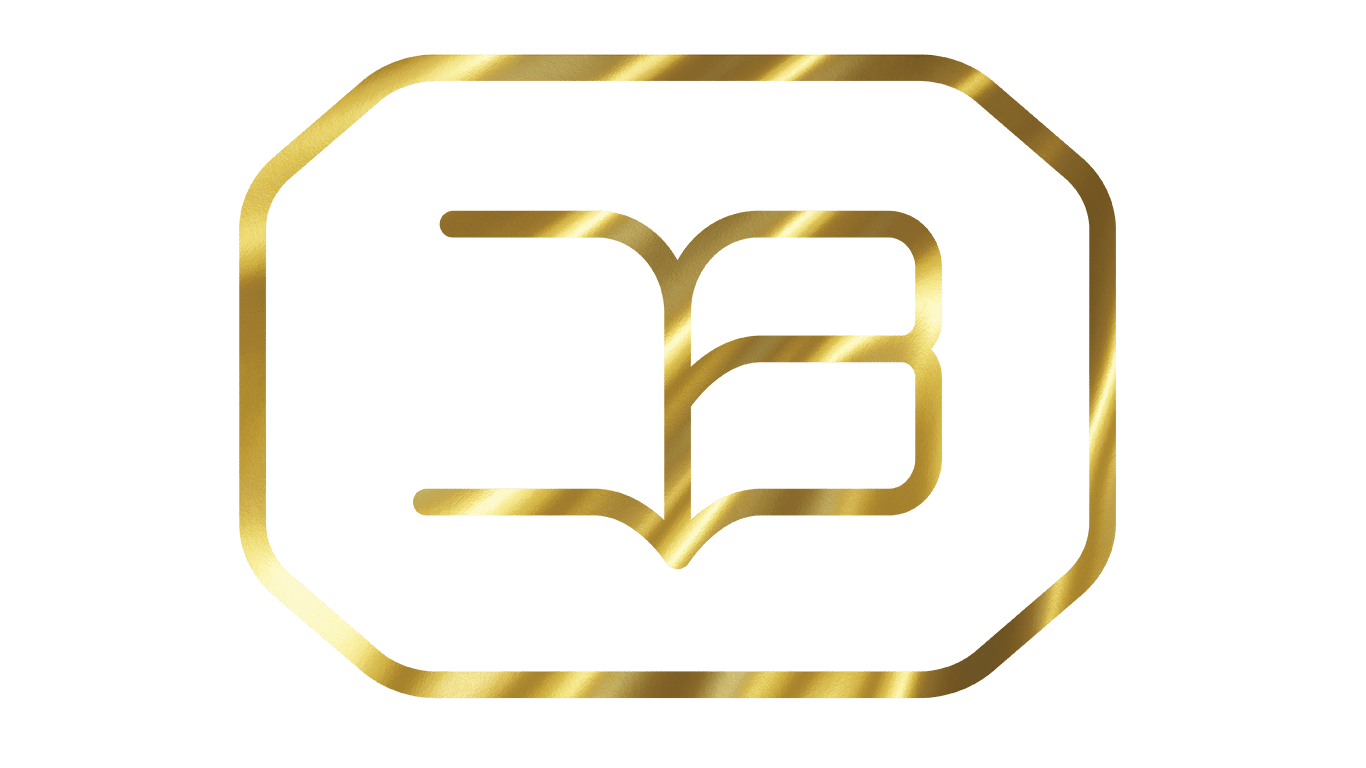צרו איתנו קשר!
היסטוריה יהודית מודרנית
מהמאה ה-18 ועד מלחמת העולם הראשונה
Modern Jewish History:
From the 18th Century to World War I
About The Course
על הקורס
הקהילות היהודיות באירופה עברו שינויים רבים בין המאה ה- 18 לתחילת מלחמת העולם הראשונה ב- 1914.
עד המאה ה- 18, יהודים באירופה חיו בדרך כלל מחוץ לאוכלוסייה הכללית. יהודים גרו בקהילות שדאגו לכל צורכם. אגודות רבות בתוך הקהילה היהודית טיפלו בקשישים, ובחולים, ומנהיגי הקהילה ייצגו את היהודים מול הממשלה.
בקורס זה נלמד כיצד יהודים החלו במאה ה- 18 לקבל את הזכות ל"שחרור" (או: ״אמנציפציה״), כלומר יכלו לחיות בחופשיות בערי הממלכות, כמו אזרחים אחרים. נלמד כיצד כל מדינה ביקשה מהיהודים ללמוד ולהתעסק בשפה המקומית, ולהתלבש כמו האוכלוסייה הרגילה. נלמד כיצד יהודים הסתגלו באופן פנימי (על ידי שינוי שפתם מיידיש לשפת העם), וחיצוני, לדרישות אלו.
נלמד על הבירוקרט הגרמני כריסטיאן וילהלם דוהם, ועל הכומר הצרפתי אבי גרגואר, שהפצירו בלא-יהודים לקבל יהודים כאזרחים. נלמד גם כיצד כל מדינה התייחסה לשאלות אלו באופן שונה, וכיצד כל התהליך הושפע ממלחמות נפוליאון.
במקביל, נרחיב את הדיון אל תנועת ההשכלה היהודית ודמויות מרכזיות כמשה מנדלסון, נפתלי הרץ וסלי ועמיתיהם, שעודדו את היטמעות היהודים בחיי המערב באמצעות רכישת שפות מודרניות, השכלה ואורח חיים חדש. נלמד על הרפורמות החינוכיות שהוצעו, ועל התגובות המקבילות של תנועות כחסידות והמתנגדים. דגש מיוחד יושם על התפתחות "Wissenschaft des Judenthums" – המחקר האקדמי של ההיסטוריה והמורשת היהודית באוניברסיטאות, וראשית כתיבת ההיסטוריוגרפיה המודרנית של העם היהודי. בהקשר זה נתוודע גם לעלייתה של הספרות היידית המודרנית בכתיבתם של שלום עליכם, י.ל. פרץ ואחרים.
לקראת סיום הקורס, נדון בהשלכות ארוכות הטווח של תקופה חשובה זו, ששינתה את פני החיים היהודיים עם השתלבותם של יהודים בערים ובמדינות מולדתם כעורכי דין, רופאים ובעלי עסקים דוברי השפות המקומיות. עם זאת, נבחן גם את חוסר השלמות של תהליך האמנציפציה והאינטגרציה בשל התעוררות האנטישמיות המודרנית, שהביאה בין היתר לצמיחת התנועה הציונית כתגובה לאתגרים אלו.
* הקורס יותאם לרמת כל שכבת גיל.
Jewish communities in Europe underwent many changes between the 18th century and the beginning of World War I in 1914. Until the 18th century, Jews in Europe usually lived outside the general population. Jews lived in communities that took care of all their needs. Many associations within the Jewish community cared for the elderly and the sick, and community leaders represented the Jews to the government.
In this course, we will learn how Jews began in the 18th century to receive the right to "emancipation", meaning they could live freely in the cities of the kingdoms, like other citizens. We will learn how each country asked Jews to learn and engage in the local language, and dress like the regular population. We will learn how Jews adapted internally (by changing their language from Yiddish to the people's language) and externally to these demands.
We will learn about the German bureaucrat Christian Wilhelm Dohm, and the French priest Abbé Grégoire, who urged non-Jews to accept Jews as citizens. We will also learn how each country addressed these questions differently, and how the whole process was influenced by the Napoleonic Wars.
In parallel, we will expand the discussion to the Jewish Enlightenment movement and central figures like Moses Mendelssohn, Naphtali Herz Wessely and their colleagues, who encouraged the assimilation of Jews into Western life through the acquisition of modern languages, education, and a new way of life.
We will learn about the proposed educational reforms, and the parallel responses of movements such as Hasidism and the Mitnagdim. Special emphasis will be placed on the development of "Wissenschaft des Judentums" – the academic research of Jewish history and heritage in universities, and the beginning of modern Jewish historiography.
In this context, we will also become acquainted with the rise of modern Yiddish literature in the writings of Sholem Aleichem, I.L. Peretz and others.
Towards the end of the course, we will discuss the long-term implications of this important period, which changed the face of Jewish life with the integration of Jews in their native cities and countries as lawyers, doctors, and business owners speaking local languages.
However, we will also examine the incompleteness of the emancipation and integration process due to the awakening of modern anti-Semitism, which led, among other things, to the growth of the Zionist movement as a response to these challenges.
* The course material will be tailored to the age of the learners.







